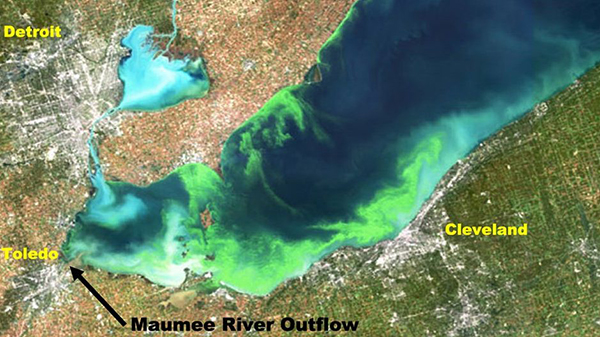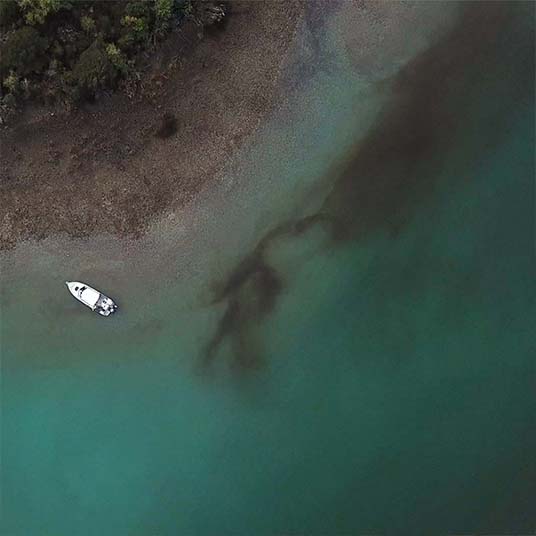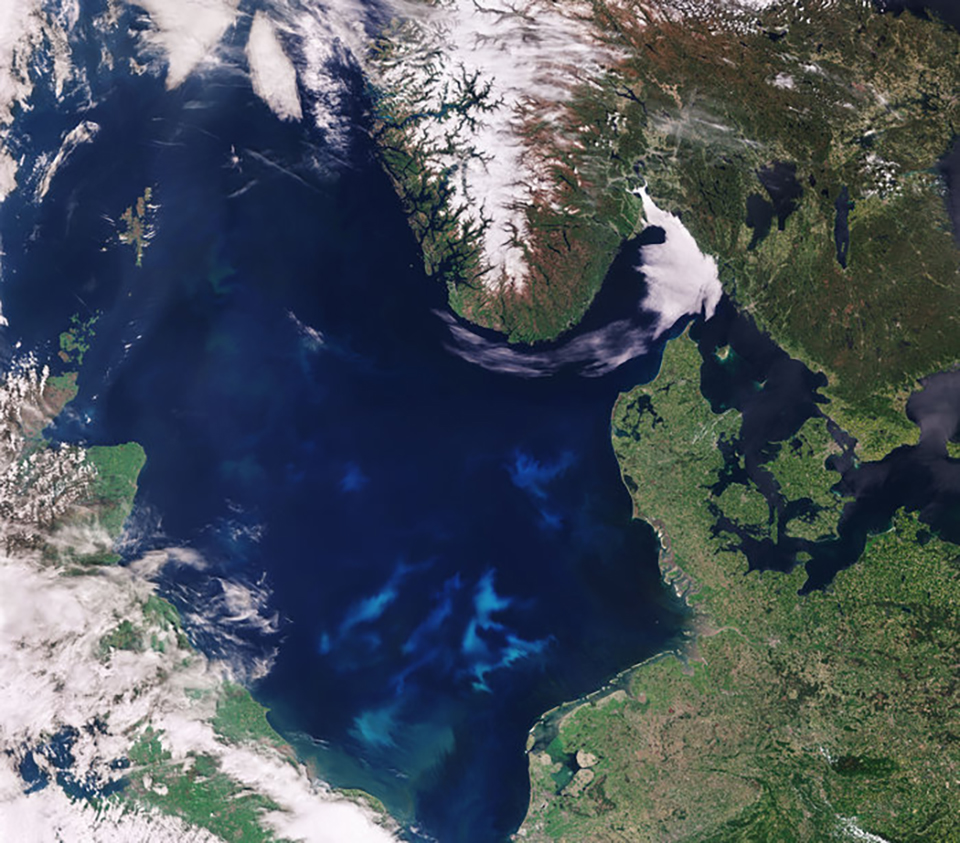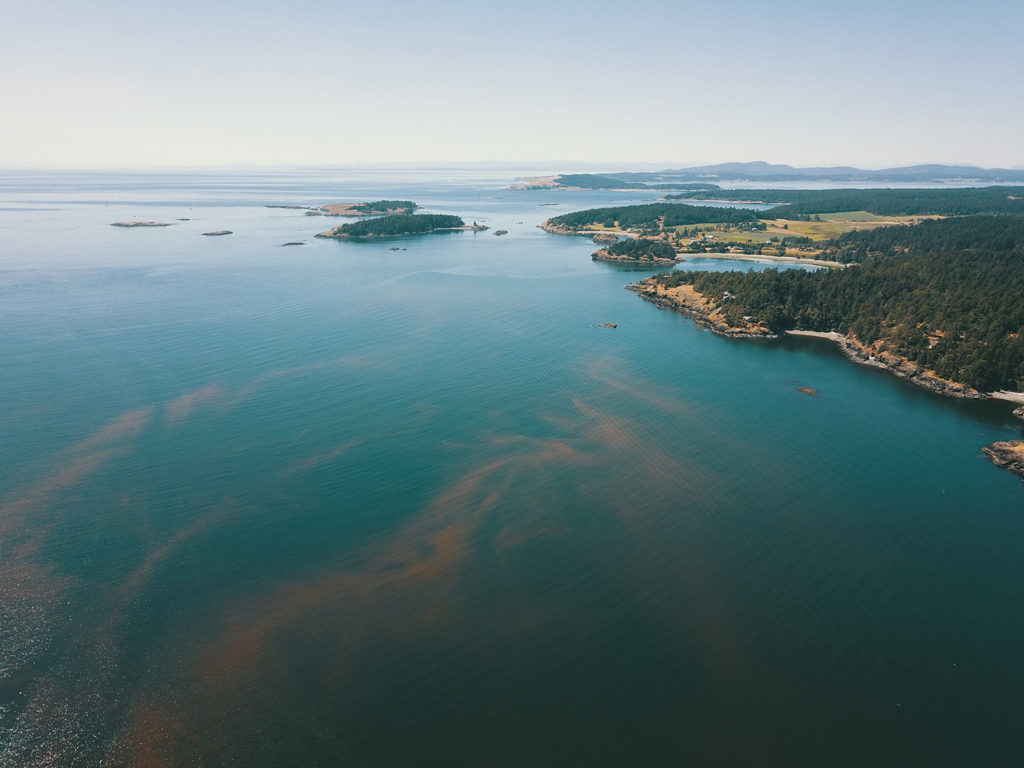The use of climatic pattern data allowed improved seasonal prediction of HABs to be completed earlier than usual, says study

A new study involving the Florida Institute of Technology shows that a novel machine-learning approach using global climatic patterns can improve seasonal prediction of harmful algal blooms (HABs). This improvement could mean more time for policymakers to consider and adopt proper planning and mitigation strategies, such as restrictions in harvesting, and help in monitoring toxins in shellfish to keep contaminated products off the market, the researchers report.
The paper, published in the Nature journal Communications Earth and Environment, found that inputting global climatic patterns into a machine learning-based framework improved seasonal prediction of HABs over Lake Erie. The researchers also found that using climatic pattern data allowed the improved seasonal prediction to be completed earlier than usual.
“Any progress in the understanding and prediction of HABs can make a significant impact in the U.S. and around the world,” said Pallav Ray, a meteorologist and associate professor in ocean engineering and marine sciences at Florida Tech and a co-author of the study.
Harmful algal blooms (HABs) are phytoplankton colonies that may harm the aquatic ecosystem and human health. The fish die-offs, shellfish closures and reluctance among consumers to eat seafood often caused by these blooms cost the U.S. an average of $4.6 billion annually.
Conventionally, HAB prediction is conducted using information about chemicals from industries and agricultural land that are transported into bodies of water through runoff. However, HAB predictions that use this chemical data as the main driver have been found to be less accurate during extreme bloom years.
This new research found that when a set of climatic patterns was used in a novel machine learning approach along with that chemical data, HAB prediction accuracy over Lake Erie improved dramatically.
A growing number of water bodies, including the Indian River Lagoon, are severely affected by excessive nutrient loading. Lake Erie is impacted at its watershed due to the presence of large manufacturing facilities and extensive agricultural lands. This has led to increasingly large and deep blooms over the past decades.
The study also found that the large-scale ocean-atmosphere structures are distinctly different during mild HAB years compared to severe HAB years, suggesting the influence of large-scale circulation on the seasonal evolution of HABs over Lake Erie.
“These results are expected to help extend the lead time and improve the seasonal prediction of HABs not only in Lake Erie but also in other water bodies around the world where chemical data may not be available,” said Ray.
Follow the Advocate on Twitter @GSA_Advocate
Now that you've reached the end of the article ...
… please consider supporting GSA’s mission to advance responsible seafood practices through education, advocacy and third-party assurances. The Advocate aims to document the evolution of responsible seafood practices and share the expansive knowledge of our vast network of contributors.
By becoming a Global Seafood Alliance member, you’re ensuring that all of the pre-competitive work we do through member benefits, resources and events can continue. Individual membership costs just $50 a year.
Not a GSA member? Join us.
Author
-
Responsible Seafood Advocate
[103,114,111,46,100,111,111,102,97,101,115,108,97,98,111,108,103,64,114,111,116,105,100,101]
Tagged With
Related Posts

Intelligence
Harmful algal blooms could threaten New Zealand’s shellfish aquaculture productivity
A new study suggests that harmful algal blooms could threaten shellfish health and the growth of New Zealand's aquaculture industry.

Intelligence
Can technology protect salmon farms from harmful algal blooms?
Salmon farms are vulnerable to the impacts of harmful algal blooms. Scotland's aquaculture industry is embracing technology as a solution.

Responsibility
NOAA invests millions to take on harmful algal blooms
The National Oceanic and Atmospheric Administration announced $15.2 million in funding to research harmful algal blooms throughout U.S. coastal and Great Lakes waters.

Responsibility
New technologies taking on harmful algal blooms
Emerging technologies could make it easier for fish farmers to detect and defeat harmful algal blooms, but expertise will yield best results.



